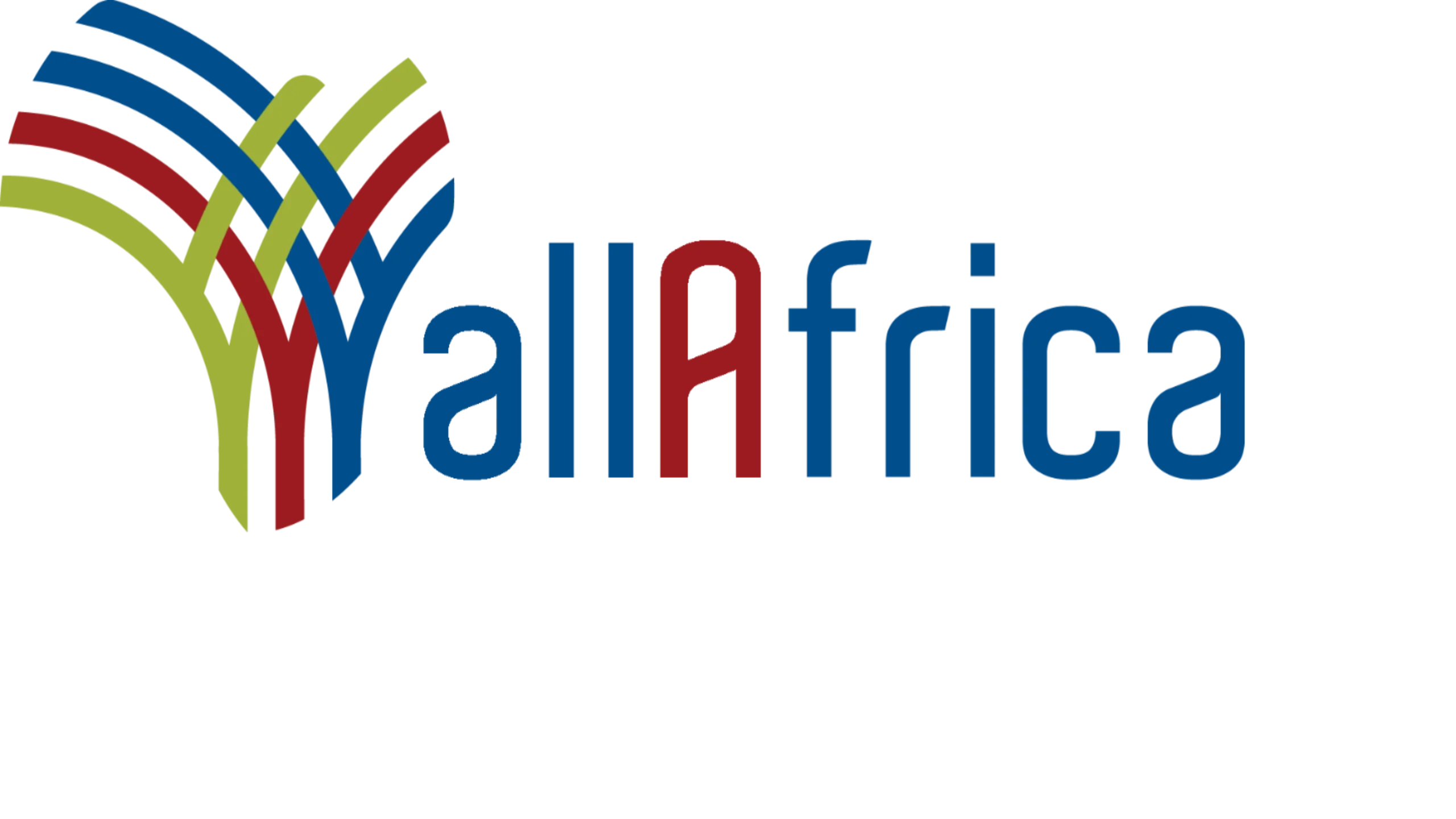The Bank of Ghana (BoG) has released a second flyer defending its use of monetary policy to combat inflation. The flyer includes images of two arrows suggesting that increasing the policy rate leads to a drop in inflation.
This flyer, along with an earlier one stating that the Central Bank does not benefit from the high-interest regime, appears to respond to criticisms from seasoned investment banker and Agbogbomefia of the Asogli Traditional Area, Togbe Afede XIV.

In his article, Togbe Afede XIV criticized the BoG, claiming that it benefits from the high-interest rate regime. He argued: “The stark reality is that BoG is in a financial quagmire because it may find it difficult to meet its operating expenses when interest rates fall significantly.” He also contended that increasing interest rates is not the right tool for fighting inflation in Ghana.
Join our WhatsApp Channel for more news
READ ALSO:
- Togbe Afede Writes: Bank of Ghana Profits Unduly from High Rates
- Cedi Continues to Weaken Despite Bank of Ghana Intervention
Echoing Togbe Afede XIV’s views, Dr. John Kwakye, Economist and Head of Research at the Institute of Economic Affairs, argued in a series of tweets that raising the policy rate is not effective in combating inflation in Ghana, which is driven more by supply-side factors than demand. Both experts have past affiliations with the Central Bank: Togbe Afede XIV as a former board member and Dr. Kwakye as a former external member of the Monetary Policy Committee (MPC).
While the BoG has not explicitly stated that its infographics respond to these critiques, the timing suggests a connection. However, analysts argue that the latest response leaves many questions unanswered. The graphs in the infographics lack specific periods, policy rates, and corresponding inflation rates. It only shows an upward arrow for the policy rate and a downward arrow for inflation after an initial rise. The absence of dates and specific rates makes the information incomplete and unhelpful, according to some analysts.
“If BoG had provided dates and the corresponding policy and inflation rates, then we would have something to interrogate, but as it stands now, I am not too sure what to make of this infographic,” an anonymous expert told The Accra Times. The infographic also does not take account of other factors that could have contributed to a downward movement inflation.
Critics of the BoG’s inflation-targeting policy argue that high interest rates, which suppress demand, only increase borrowing costs. This hurts businesses and individuals, who pass on the increased costs to consumers, potentially driving inflation higher in the long run. They note that inflation in Ghana often rises after brief periods of lower rates, supporting their argument.
The MPC is scheduled to meet from Wednesday, May 22 to Friday, May 24, with a post-meeting press conference on Monday, May 27. It is expected that BoG Governor and MPC Chair Dr. Ernest Addison will use the opportunity to reiterate why they believe increasing the policy rate is an effective way to combat inflation. However, his comments are unlikely to end the long-standing debate especially if the policy rate is not reduced from its current rate of 29%.
